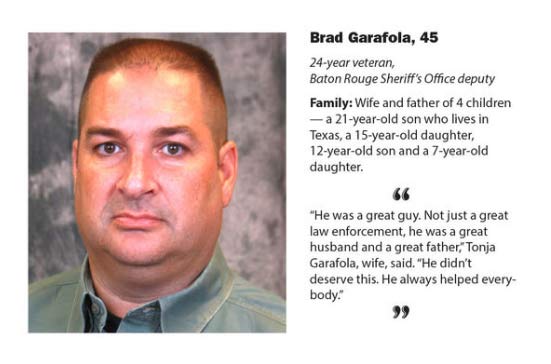 From the basics of First Aid/CPR to Basic Life Support for Prehospital Providers, Roco now offers medical training from our professional instructors and experienced emergency responders. This training is designed to provide hands-on instruction for those requiring these lifesaving skills as part of their job – particularly those who work in industrial environments. Students will be taught the critical skills necessary to provide basic first aid for medical, environmental and traumatic injuries.
From the basics of First Aid/CPR to Basic Life Support for Prehospital Providers, Roco now offers medical training from our professional instructors and experienced emergency responders. This training is designed to provide hands-on instruction for those requiring these lifesaving skills as part of their job – particularly those who work in industrial environments. Students will be taught the critical skills necessary to provide basic first aid for medical, environmental and traumatic injuries.
• Take your emergency response team to the next level in patient care.
• Let us add this training to your next rescue or refresher class.
• Train at your location or ours…the Roco Training Center.
Our instructors will provide insight to medical considerations through experience gained working as nationally registered paramedics and critical care flight paramedics. These new courses can be scheduled separately or incorporated into your next Roco training.
• Basic Life Support for Prehospital Providers (8-hrs)• First Aid/CPR/AED Training (5 to 7-hrs)
• Bloodborne Pathogens (1-hr)
For complete course descriptions click here. To discuss program options, call 800-647-7626 to speak with one of our instructors.

 First of all, we would like to thank all of you for your calls, thoughts and prayers during this time of historic flooding in the Baton Rouge region. While so many of our Roco employees and their families have been affected, including some who have lost everything, we are very thankful to report that all are safe. Some estimates show that up to 60,000+ homes received water damage [number updated].
First of all, we would like to thank all of you for your calls, thoughts and prayers during this time of historic flooding in the Baton Rouge region. While so many of our Roco employees and their families have been affected, including some who have lost everything, we are very thankful to report that all are safe. Some estimates show that up to 60,000+ homes received water damage [number updated].  “Out of the ashes of the WTC formed a team of first responders who now volunteer their experience and expertise responding to disaster-stricken communities, and build housing for wounded returning veterans who continue the fight that began on September 11, 2001.”
“Out of the ashes of the WTC formed a team of first responders who now volunteer their experience and expertise responding to disaster-stricken communities, and build housing for wounded returning veterans who continue the fight that began on September 11, 2001.” It is with great honor and pride that we announce our continued recognition as an OSHA Voluntary Protection Program (VPP) Star Worksite company. Three years ago, we first reached this achievement, which requires an on-going safety emphasis and improvement process. To our knowledge, we are the first rescue training, equipment, and service company in the nation to receive this prestigious recognition. It is certainly a testament to everyone’s continued hard work and safety consciousness that we are once again honored with this elite Star status.
It is with great honor and pride that we announce our continued recognition as an OSHA Voluntary Protection Program (VPP) Star Worksite company. Three years ago, we first reached this achievement, which requires an on-going safety emphasis and improvement process. To our knowledge, we are the first rescue training, equipment, and service company in the nation to receive this prestigious recognition. It is certainly a testament to everyone’s continued hard work and safety consciousness that we are once again honored with this elite Star status. The Roco Training Center - Baton Rouge, LA
The Roco Training Center - Baton Rouge, LA Join us on November 4th at the BEST complex for a one-day Roco Rescue Refresher. This 70-acre site located in Beaumont, Texas, has long been considered one of the best live fire training complexes in the country. The facility also provides a training tower along with a variety of props for performing rope rescue training.
Join us on November 4th at the BEST complex for a one-day Roco Rescue Refresher. This 70-acre site located in Beaumont, Texas, has long been considered one of the best live fire training complexes in the country. The facility also provides a training tower along with a variety of props for performing rope rescue training.

 Support for the Families
Support for the Families


